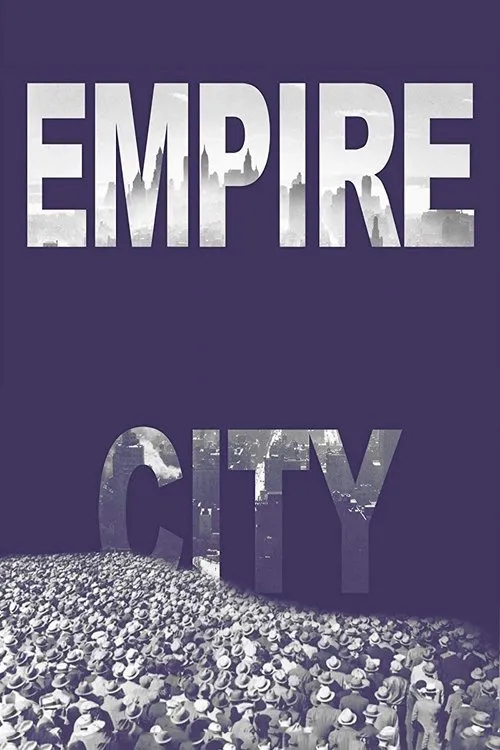Empire City

Plot
In Empire City, the contrast between the golden age of New York and its modern-day reality is at the forefront of the narrative. The film delves into the period spanning from 1830 to 1930, highlighting the city's transformation from a hub of growth and innovation to a metropolis grappling with unprecedented real estate development and unforeseen displacement. The story serves as a poignant commentary on the coexistence of two distinct worlds within the city. Set against the backdrop of New York's turbulent growth, Empire City introduces two parallel narratives that reflect the city's dual identity. On the one hand, we find the gleaming towers of corporate midtown Manhattan, representing the epitome of power, luxury, and sophistication. This world is inhabited by the city's elite, comprised of influential politicians, business leaders, and high-society individuals. They embody the ideals of success and progress, but their actions and policies have far-reaching consequences that affect the lives of those living on the periphery. In stark contrast to this affluent world, we find the periphery of New York, home to undereducated minorities living in increasing alienation. This community, often overlooked and marginalized, struggles to make ends meet in a city that seems to have lost its sense of compassion and social responsibility. As real estate development continues to accelerate, displacing long-time residents and small businesses, the divide between the haves and have-nots becomes increasingly insurmountable. The narrative highlights the precarious living conditions, poverty, and social unrest that plague this community, as they struggle to maintain their identities and traditions in the face of an encroaching gentrification. Through a series of powerful vignettes and interviews with leading New York figures, Empire City humanizes the experiences of those living on the periphery. The film weaves together stories of ordinary individuals, from street vendors and small business owners to artists and social activists, each of whom has been impacted by the city's relentless development. We hear their voices, see their struggles, and feel their emotions, as they strive to hold on to their lives, their culture, and their sense of community. One of the most compelling aspects of Empire City is its exploration of the city's dual identity. The film shows how New York has long been a city of paradoxes, where opulence and squalor, progress and decay, coexist in a delicate balance. From the gleaming skyscrapers of midtown to the gritty streets of the periphery, the city's contrasting worlds are presented as intertwined and inextricably linked. As one narrative unfolds, so does the other, revealing the intricate web of relationships and dependencies that define the city's complex social fabric. Empire City also serves as a powerful commentary on the role of urban development and real estate in shaping the lives of city dwellers. As we witness the relentless expansion of corporate midtown Manhattan, the film critiques the policies and decisions that allow for the displacement of communities and the degradation of public space. The film asks uncomfortable questions about the true cost of progress, the value of human life, and the city's commitment to social justice. Throughout its narrative, Empire City acknowledges the complexity of urban life, revealing the multiple dimensions that shape the experiences of city dwellers. By juxtaposing the two worlds of New York, the film highlights the coexistence of light and darkness, hope and despair, and possibility and loss. Ultimately, Empire City presents a nuanced portrayal of the city's multifaceted nature, as a place of contrasts, a tapestry of human experiences, and a constant struggle between progress and preservation. As the city continues to evolve and change, Empire City serves as a timely reminder of the need for empathy, understanding, and social responsibility. By exploring the precarious coexistence of the haves and have-nots, the film challenges us to rethink our assumptions about urban development, social justice, and the city's role in shaping the lives of its citizens.
Reviews
Recommendations



